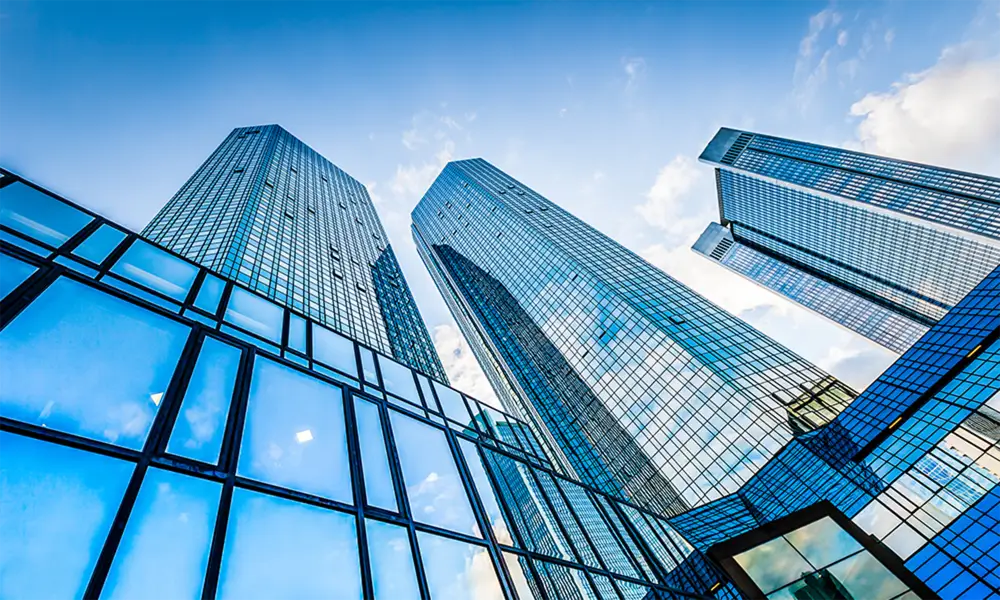

The Allure of Mirrored Glass Windows A Modern Architectural Trend
In recent years, mirrored glass windows have become increasingly popular in modern architecture, both for commercial and residential buildings. As a unique feature that combines aesthetic appeal with practicality, mirrored glass windows offer numerous benefits and have transformed the skyline of many urban areas. This article explores the reasons behind this trend, the advantages of using mirrored glass, and the potential drawbacks that architects and builders must consider.
Aesthetic Appeal
One of the primary reasons for the rise in popularity of mirrored glass windows is their stunning aesthetic appeal. The reflective surface creates a visually striking effect, especially when buildings are designed to harmonize with their surroundings. Mirrored glass can create captivating reflections of the sky, clouds, and neighboring structures, allowing buildings to blend seamlessly into their environments or stand out dramatically.
The sleek, modern appearance of mirrored glass is often associated with contemporary design trends. By employing mirrored glass windows, architects can convey a sense of sophistication and elegance. This has made them a favorite among high-rise buildings, office complexes, and luxury residences. Moreover, mirrored facades provide an ever-changing visual experience, as the reflections shift with the time of day and weather conditions.
Energy Efficiency
Beyond aesthetics, mirrored glass windows provide practical benefits, particularly with energy efficiency. Most modern mirrored glass features low-emissivity (low-E) coatings that help to regulate indoor temperatures. These coatings reflect heat away during the summer, ensuring that buildings remain cool, while retaining warmth during the winter months. As a result, structures equipped with mirrored glass windows are often more energy-efficient, leading to reduced heating and cooling costs.
Moreover, the reflective nature of these windows helps to minimize glare, improving comfort for occupants while also contributing to energy savings by reducing the need for artificial lighting. In an age where sustainability and environmental consciousness are paramount, the energy efficiency of mirrored glass windows is a significant advantage that cannot be overlooked.

Privacy and Security
Mirrored glass windows also provide enhanced privacy for occupants. The reflective surface makes it challenging for outsiders to see inside during the day, allowing residents and office workers to feel more secure in their environments. This characteristic is particularly beneficial for buildings located in densely populated urban areas, where close proximity to neighboring structures can often compromise personal space.
However, it’s important to note that this privacy feature works best during daylight hours. At night, when interior lights are on, the reverse effect occurs, and visibility increases from the outside. Architects need to consider this aspect when designing buildings with mirrored glass to ensure that privacy needs are adequately addressed.
Drawbacks to Consider
Despite their numerous advantages, mirrored glass windows are not without their drawbacks. One significant concern is the potential for glare. While the reflective property helps to minimize glare for occupants inside, it can create discomfort for pedestrians and drivers outside the building. This issue has led to increased scrutiny in some cities, where regulations may be implemented to limit the use of highly reflective materials on new constructions.
Additionally, mirrored glass can pose challenges during hot weather, as it reflects sunlight, potentially causing localized overheating in nearby areas, a phenomenon known as solar glare. This can create discomfort for those in the vicinity, prompting some architects to explore alternative materials or design strategies to mitigate these effects.
Conclusion
Mirrored glass windows embody the essence of modern architecture, merging beauty and functionality. Their reflective surfaces not only enhance the aesthetic appeal of buildings but also contribute to energy efficiency and privacy. While there are considerations regarding glare and the effects on the surrounding environment, the advantages of using mirrored glass are clear. As architects and designers continue to innovate, it is likely that this trend will endure, shaping the future of our urban landscapes and providing a glimpse into the art of contemporary design. The allure of mirrored glass windows is not just in their appearance, but in the dialogue they create between a building and its environment, making them a defining feature of modern architecture.